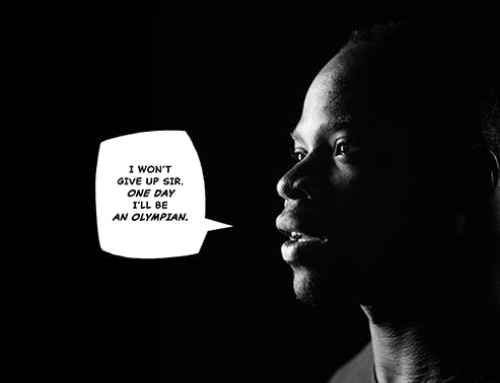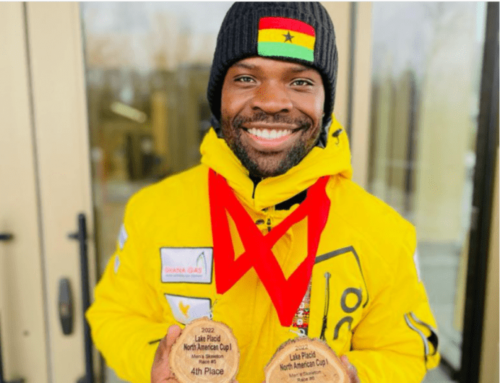Skeleton is considered to be a daredevil sport, certainly not meant for the faint-hearted. Just the idea of plummeting head-first down a narrow and steep track at an insanely fast speed is enough to send chills down your spine—and I haven’t even mentioned it being a winter sport yet!
However, with danger comes thrill, and thrill inspires many young athletes to give this sport a shot. As an Olympic athlete who made history in skeleton in 2018, I have a few tips for you on how to proceed.
Research Track Locations
Training for skeleton isn’t quite as simple as grabbing a pair of ice skates or your snowboard and heading out on a snowy field. For skeleton, you need access to very specific skeleton tracks. What’s the big deal in this, you ask? Well, as it turns out, there are only 16 skeleton tracks in the world that are recognized by the IBSF and are deemed safe for use for competitions. This means that you need to have access to one of these 16 tracks if you’re serious about pursuing skeleton and participating in the Winter Olympics.
This is, of course, easier said than done. With just 16 tracks on hand, you’ll need to be vigilant about their availability. Scout the locations and get in touch with the track owner and managers directly. Inquire about track availability and opportunities and estimate the overall expenses.
Remember, most of these tracks are available seasonally so you’ll have to time your training accordingly and book a track early to avoid being track-less.
Take Care of Your Body
It took me years of training to become the first Skeleton athlete from Ghana in the 2018 Winter Olympics. During these years, I adhered to strict training guidelines to maintain a god fitness level. This meant following a proper diet, getting my sleep cycle on track, and sticking to a strict exercise and training regime.
My advice to beginners aspiring to compete for skeleton sports in the Olympics is to take care of their bodies as they prepare. It’s alright if you’re not in shape when you take up the sport, but you have to work your way to it if you wish to participate. Before you begin, go over the weight and height restrictions. If you meet these (or in case of weight restrictions, can realistically achieve these), proceed with the training. Make sure you’re receiving proper coaching that focuses on you taking care of your body just as much as it focuses on teaching you how to tackle the sport.
Use Proper Equipment
Never underestimate the importance of proper sports gear. This includes everything from the sled and helmet you use to the slim-fitting winter clothing and footwear required for the sport. The better equipped you are, the smoother your training experience will be.
I suggest you invest in professional sportswear early on in your journey. You wouldn’t train for football without the right pair of cleats or go to baseball practice without your helmet and gloves, so why should skeleton be any different?
You can purchase exclusive Frimpong active wear from my online store. For more details about how I prepared for the 2018 Olympics, follow my journey and don’t hesitate to get in touch!





Leave A Comment
You must be logged in to post a comment.